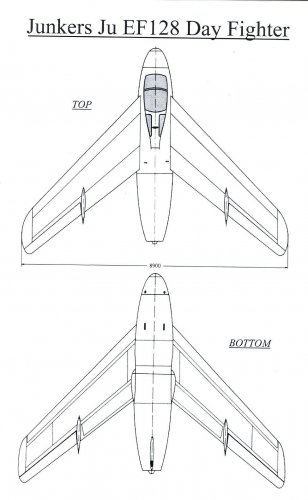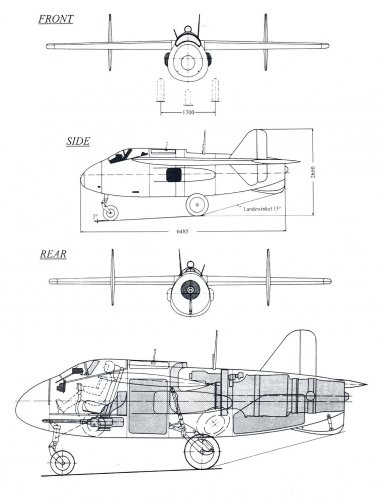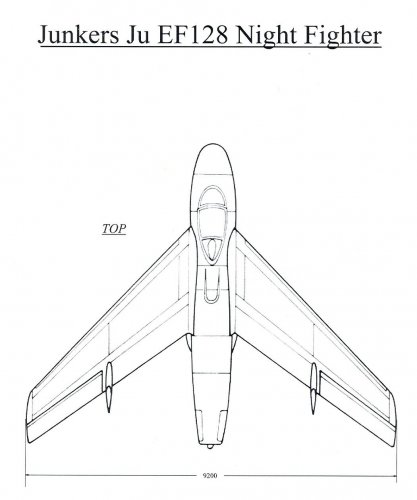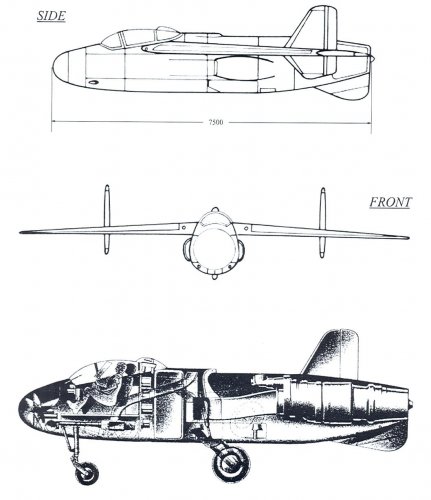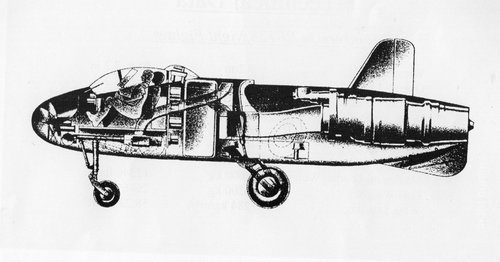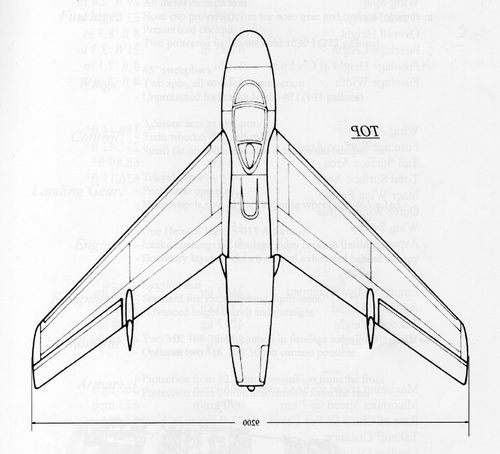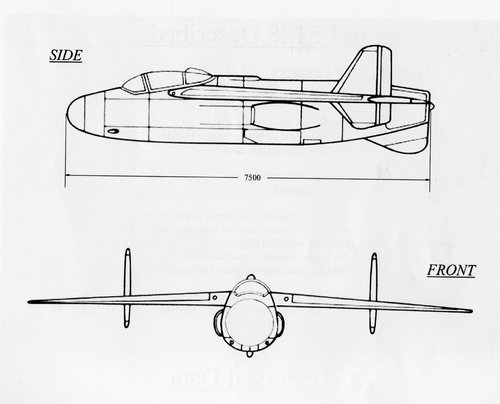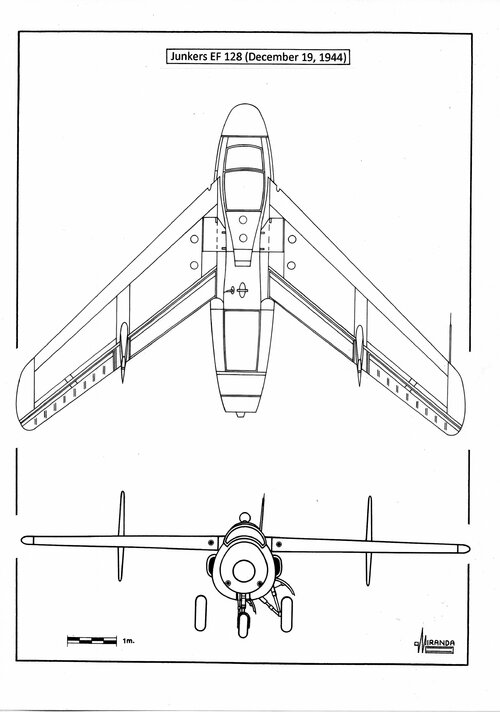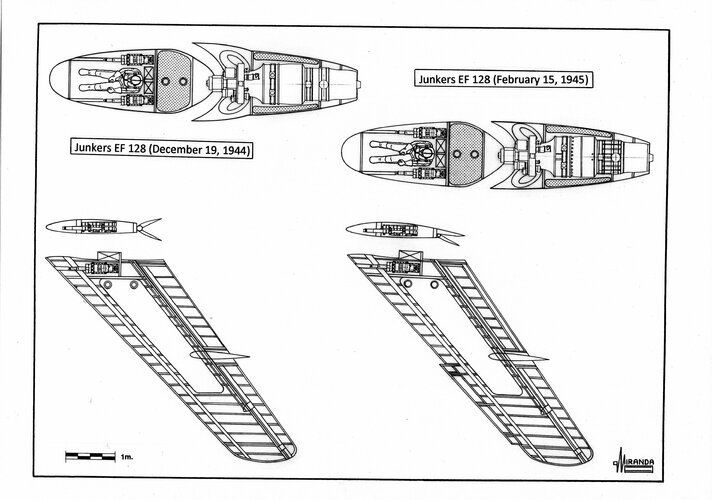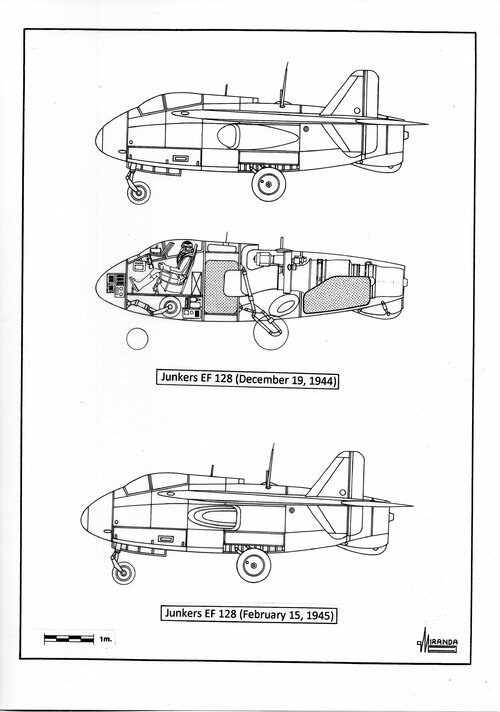Thank you, Dan. I don't suppose you ever put that in one of your books/bookazines?
I'm wary of including it because there is no other evidence of the design's existence and German Aircraft: New and Projected Types is verifiably wrong about one or two other things.
A stretched EF 128 would not have gone anywhere near meeting the Feb-April Chef-TLR night fighter requirements - which were for a three-seater twin-jet design capable of carrying a great deal of bulky equipment and fuel for long night missions. Furthermore, converting the Me 262 trainer into a basic twin-jet two-seater night fighter was a relatively simple process (and of course it was also proposed as a three-seater twin-jet design).
I can't really see how a two-seater EF 128 would fit into the picture of last-six-months aircraft development in Germany. If we assume that the line about the two-seater EF 128 is, nevertheless, accurate - when would it have been drawn up? When the earlier EF 128 was created, Oct 44-Jan 45, the night fighter spec was for a large mixed propulsion design - so it doesn't fit with that. The later EF 128 overlaps with the requirements for much larger designs.
I suppose Junkers might have been trying to curry favour by emphasising the potential adaptability of the fundamental design but without any hard evidence it's impossible to be sure.
And what would it have looked like? The drawing usually presented as the EF 128 night fighter, with unusual shading not seen on any other period drawings, offers a cutaway side view which appears to have the crew seated side by side, but the intelligence report only says it was lengthened, not widened. The drawing could be real but we don't know its source and it could very easily be a postwar 'interpretation'. As far as the period Junkers design is concerned, we don't know any dimensions or details of armament, equipment or fuel load.
The two-seater night fighter EF 128 falls into the same category as the Henschel P 132 flying wing fighter - probably real but almost anything you could write about it would be speculation. In fact, as I've detailed elsewhere, a lot more is actually known about the Henschel P 132!

